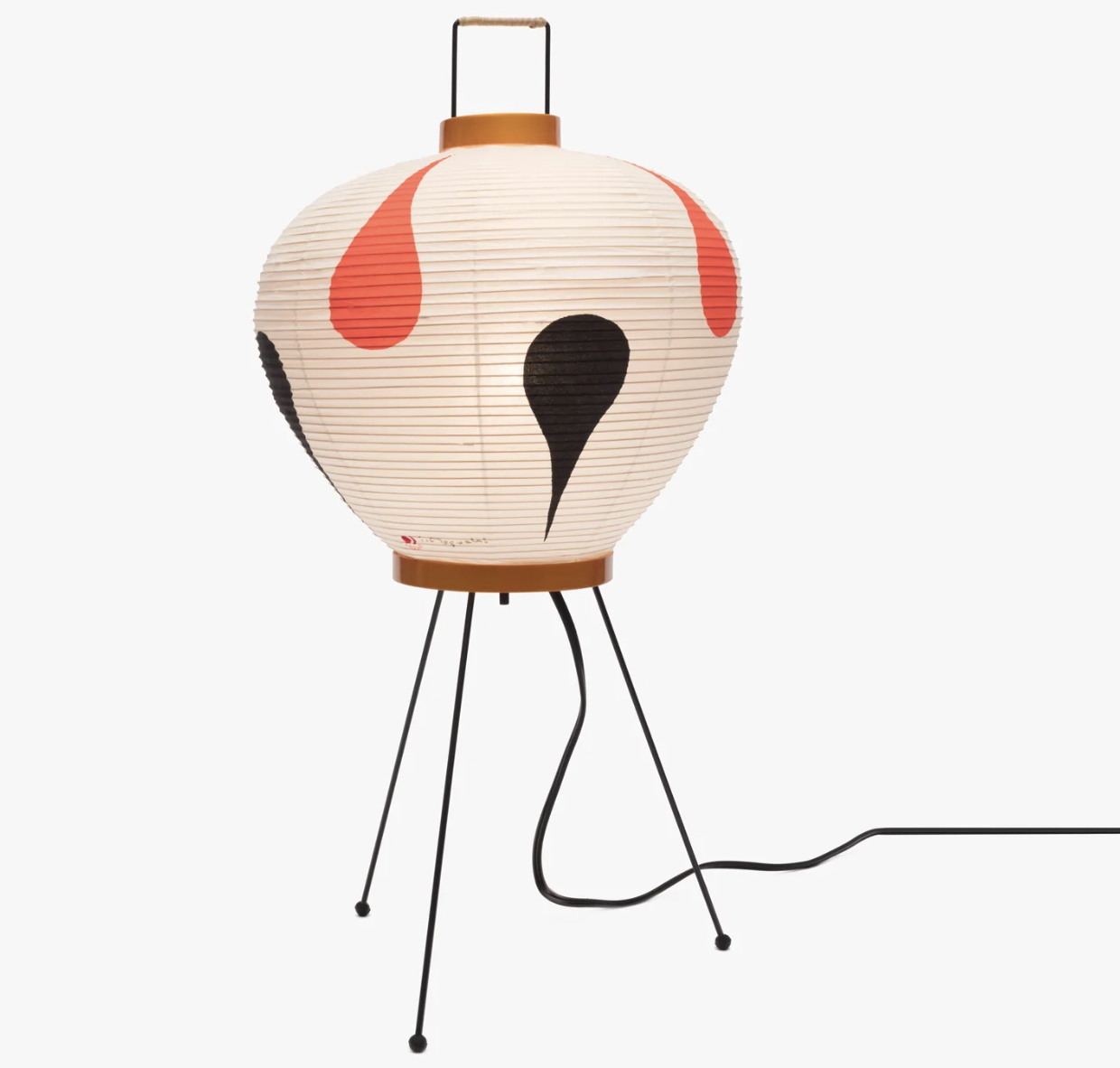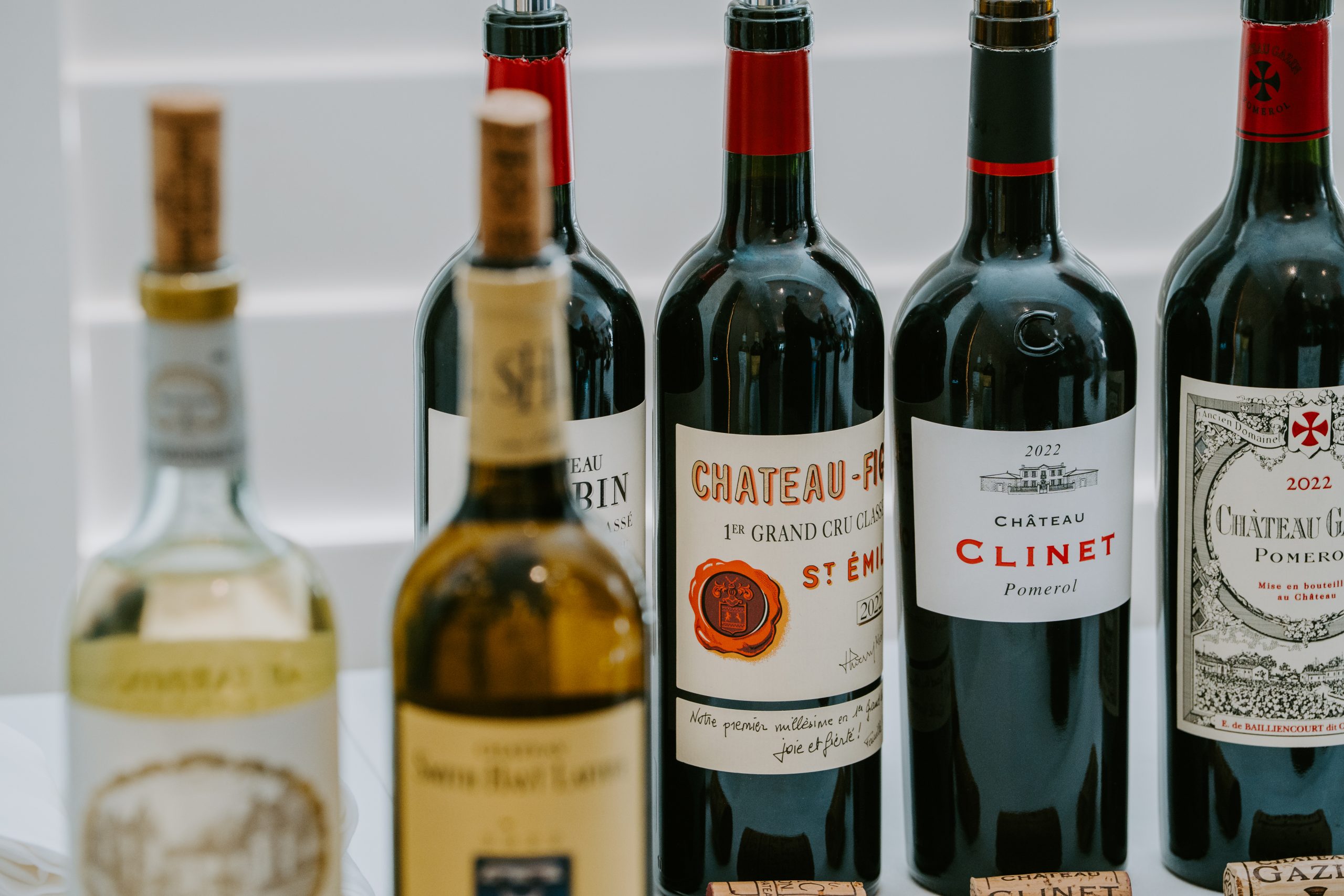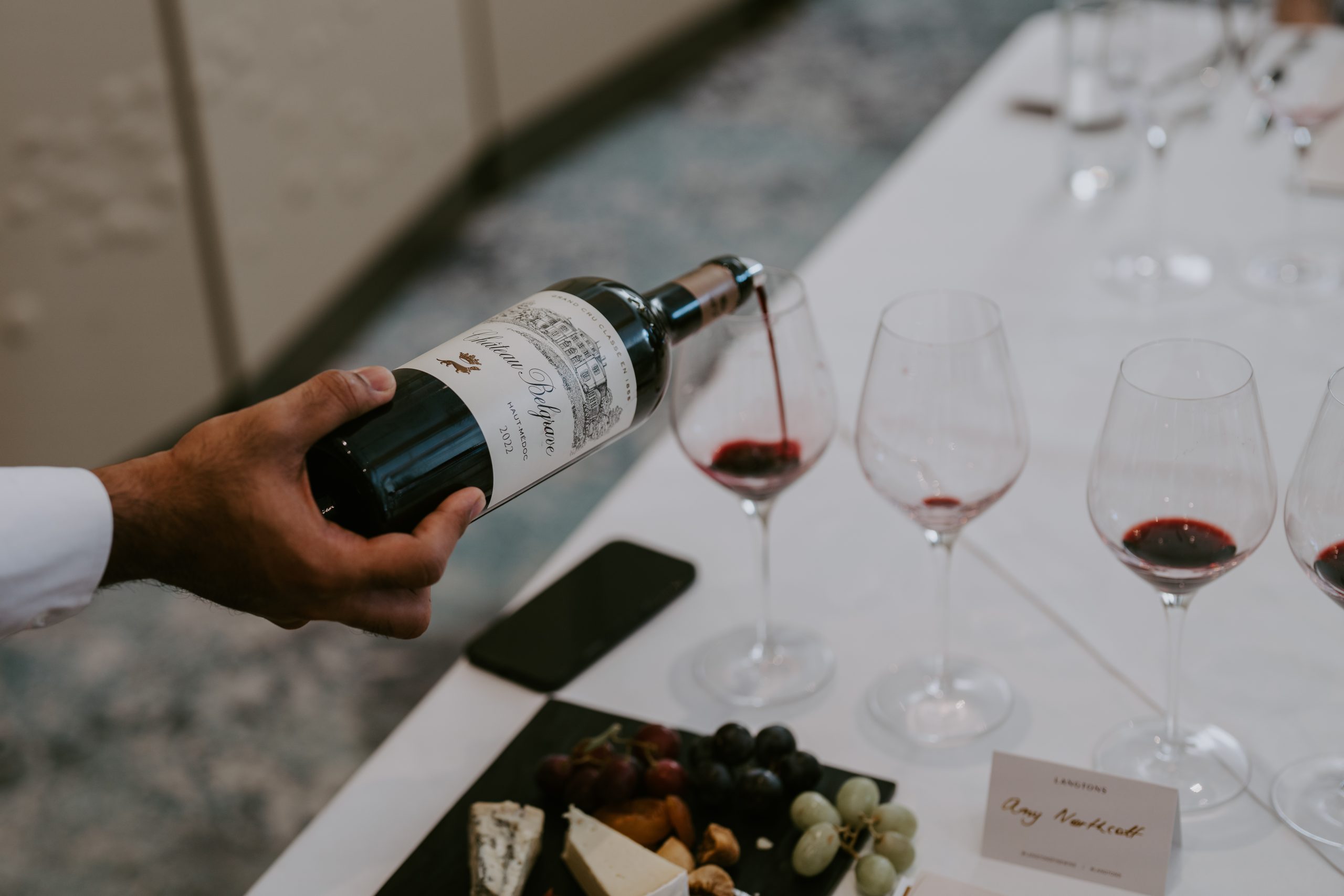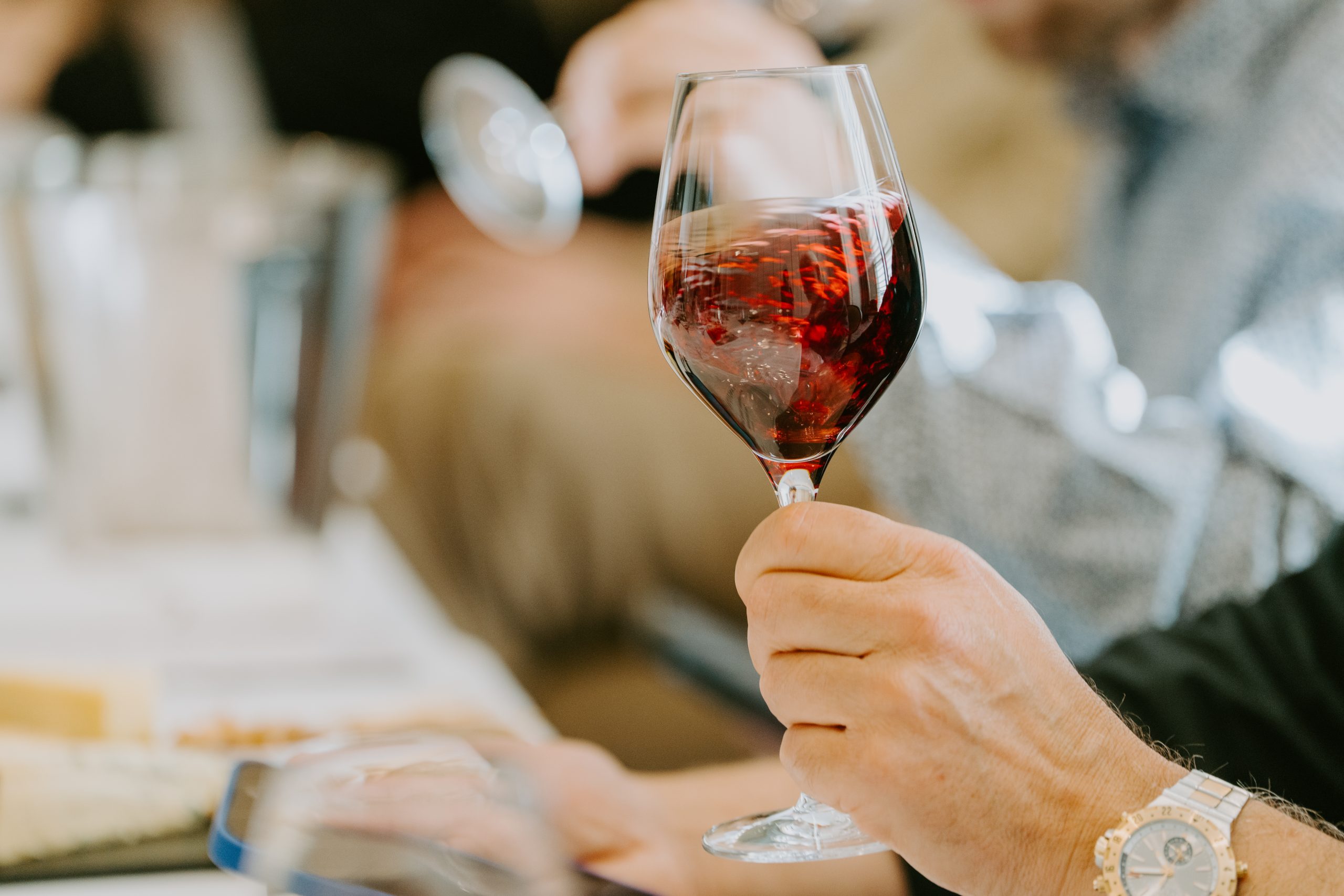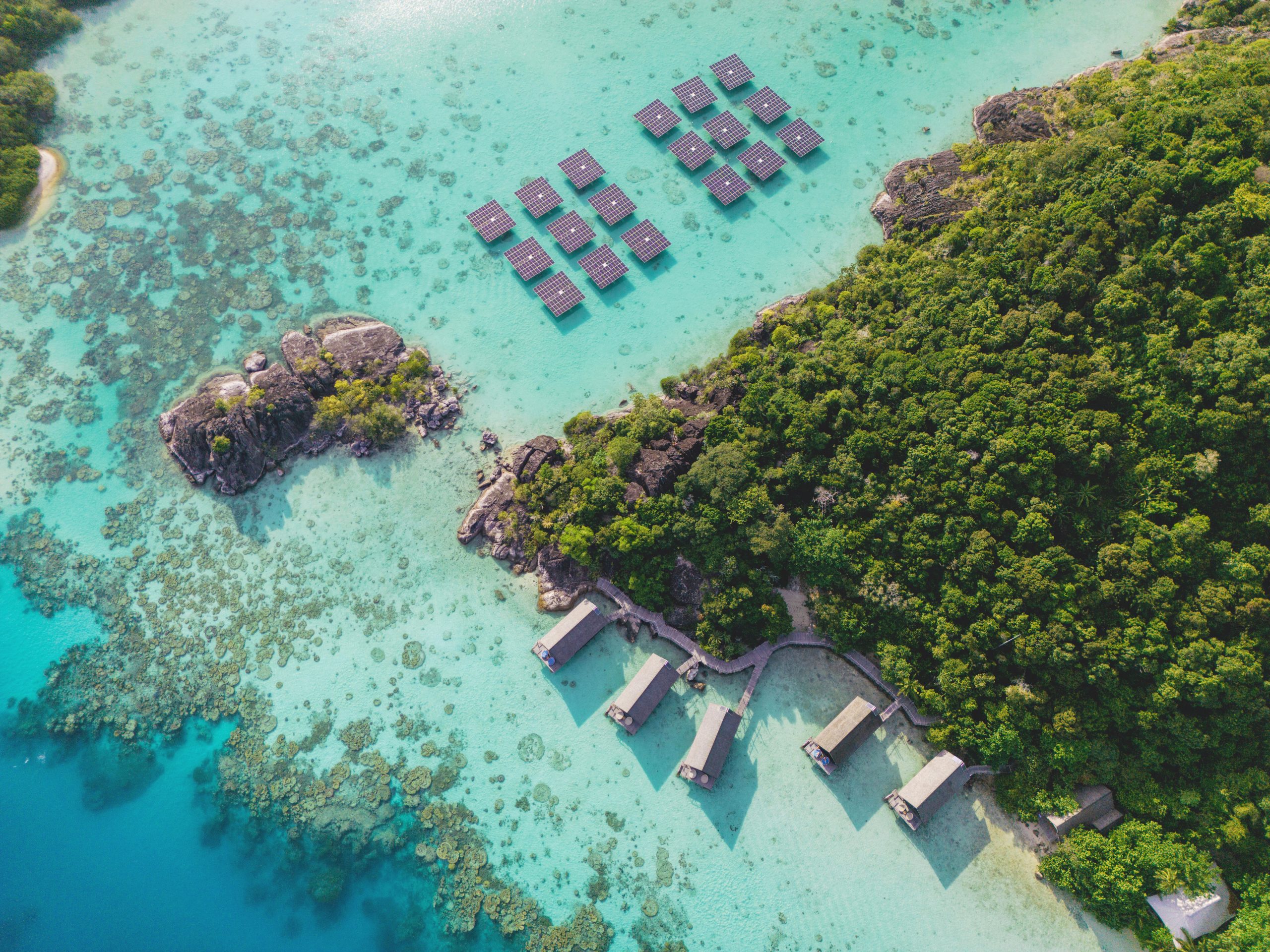The Classic Noguchi Lamp as You’ve Never Seen It
For decades, minimalists have snapped up the Japanese-American artist’s off-white paper lanterns. These lesser-known versions feature decorative dabs of colour.
WE ARE WELL acquainted with Isamu Noguchi’s iconic Akari light sculptures. The lovely little frameworks of bamboo covered with off-white washi paper (whose design dates to 1951) are the sort of thing uncompromising incense fans own. But who knew that 25 of the more than 170 Akari iterations currently in production are screen printed with flourishes of color or pattern. Not so minimalist, after all.
The decorative printed additions range from pure abstractions (alternating bands of black and white) to simplified pictures (knocked-out bow ties) to Japanese design motifs. “The appeal of the coloured versions is they have more cultural specificity than the unadorned ones but [still] achieve the timeless, placeless universality of Noguchi’s best work,” said Dakin Hart, senior curator at the Noguchi Museum in Long Island City, N.Y.
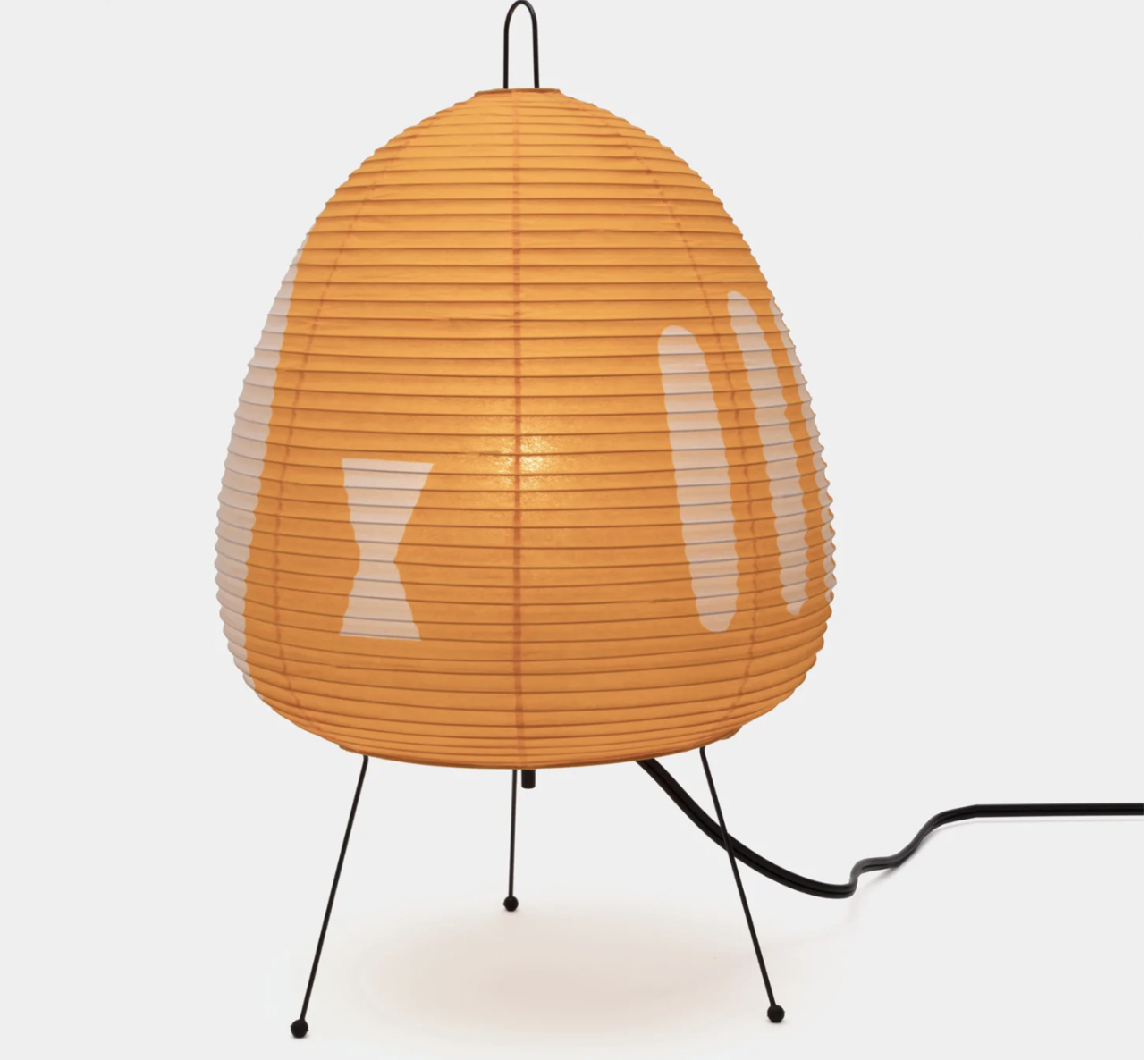
Though seemingly art for art’s sake, the decorations have practical dimensions, too. The Akari “sun” pattern (shown above on the 1AY model), for example, leaves an ovoid shape unprinted, creating an analog way to dim the light: Turn the unprinted “sun” toward the wall to modulate the brightness; turn it outward, and the light increases.
In 1951, the artist first visited Gifu, Japan, the global hub of the traditional paper lantern industry, and was inspired to create a translucent, collapsible light sculpture. The result: the Akari, which translates to “light” and “glow” in English. Soon, the artisanal fixtures were among the most beloved (and accessible) modern lamps.
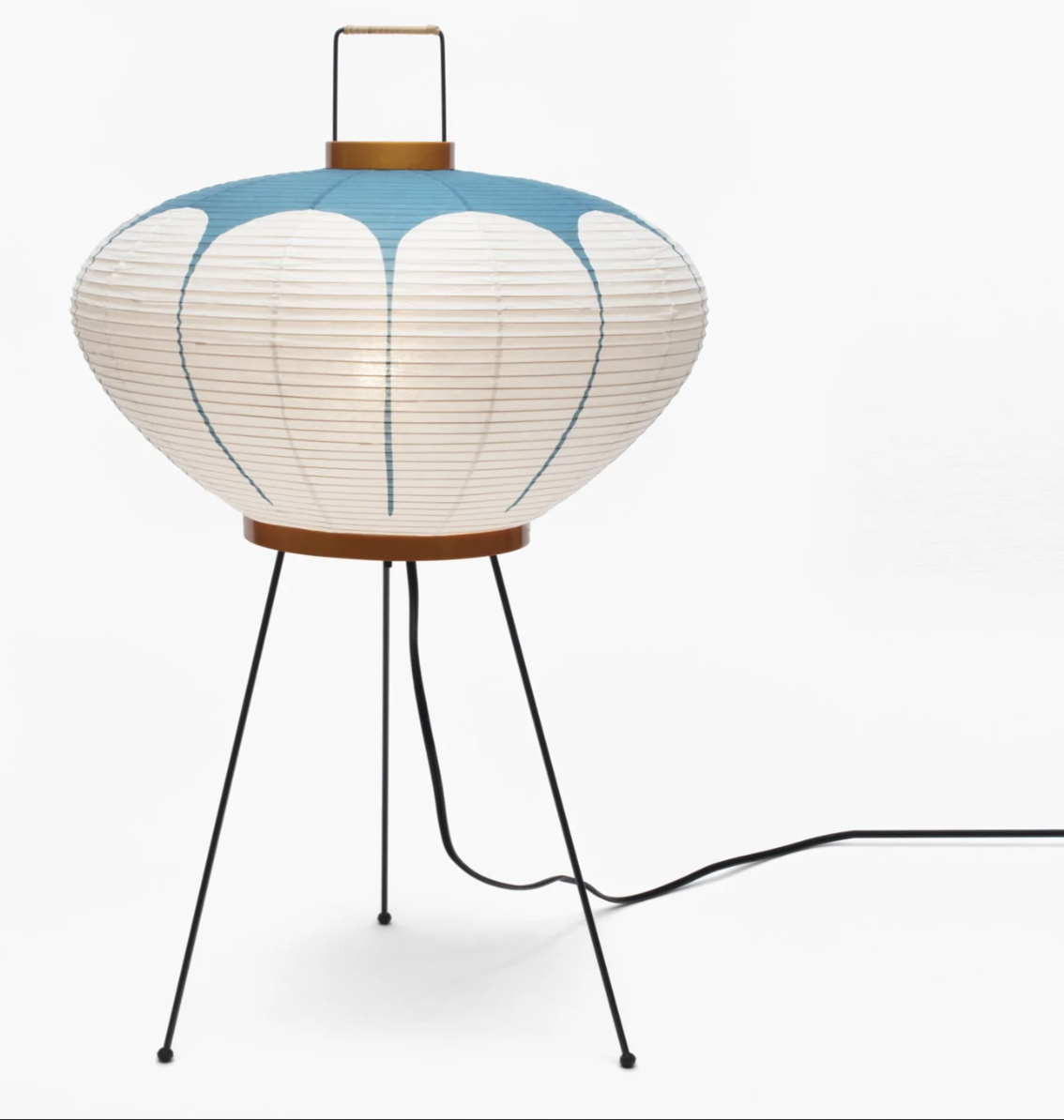
In the U.S., the coloured and embellished Akari are available only through the Noguchi Museum (and strictly sold in tabletop versions), which makes them harder to get your hands on. But, given the basic models’ ubiquity, that scarcity makes them feel particularly un-routine. The screen-printed Akari—more playful than their monastic siblings—appeal to interior designers like Victoria Sass. The Twin Cities, Minn., pro said she also finds the coloured iterations more painterly, “like a piece of art” in contrast with the “more sculptural” unadorned version.
For a spot of color in his Düsseldorf living room, German design influencer Christoph Knopf layered an Akari 9AD “Blue Shovel” in among other midcentury modern pieces and Japanese-inspired décor. As he notes on Instagram, the lantern, lit at night, “is the star of the interior.”
The Wall Street Journal is not compensated by retailers listed in its articles as outlets for products. Listed retailers frequently are not the sole retail outlets.
 Copyright 2020, Dow Jones & Company, Inc. All Rights Reserved Worldwide. LEARN MORE
Copyright 2020, Dow Jones & Company, Inc. All Rights Reserved Worldwide. LEARN MORE
A divide has opened in the tech job market between those with artificial-intelligence skills and everyone else.
A 30-metre masterpiece unveiled in Monaco brings Lamborghini’s supercar drama to the high seas, powered by 7,600 horsepower and unmistakable Italian design.
Ready to level up your cellar? Here, LANGTONS Head of Auctions, Michael Anderson, selects the bottles to chase from Bordeaux 2022.
There are Bordeaux drops and then there are Bordeaux moments. This is the latter. The 2022 vintage has arrived through LANGTONS with depth across communes and enough quality to satisfy both the curious and the die-hard.
Here is your guide to what deserves a place in the cellar, and in years to come, your dining table.
1. Château Carbonnieux Blanc 2022, Graves, $110
The story of the legendary white of Château Carbonnieux Blanc (Graves, $110) stretches back to the 18th century when, thanks to its crystal clarity, it was introduced to the Sultan of Constantinople’s palace disguised as ‘mineral water from Carbonnieux. Today, the wine retains that luminous freshness in youth but develops dried and candied fruit characters with maturity, making it one of the most versatile whites in the region. This is a wine that can be drunk now through to 2029, so not a long termer.
2. Château Figeac 2022, St-Émilion, $850
If Carbonnieux speaks of crystalline youth, Château Figeac (St-Émilion, $850) speaks of longevity. Few estates can match its claim to 2000 years of continuous occupation, and the 2022 vintage bears that gravitas. Deeply garnet in colour, Cabernet Sauvignon shines here with notes of blackcurrant, blueberry, lilac, tobacco and bay leaf. On the palate, the wine is elegant and mineral, yet vibrantly alive. It’s a stunning effort that will reward those with patience – I’d suggest drinking from 2034–2060. It’s a great investment wine given Figeac’s ascent, too.
3. Château Gazin 2022, Pomerol, $235
In Pomerol, the quiet achiever is Château Gazin ($235), whose neighbours happen to be Petrus and L’Evangile. The 2022 shows deep crimson colour, with aromas of violet, musky plum, roasted chestnut and mocha. Classically proportioned, it offers a palate of ripe black fruits, chalky tannins and mid-palate depth that places it among the appellation’s most compelling releases. This wine sees its best drinking between 2029 and 2040.
4. Château Palmer 2022, Margaux, $1,050
Further south in Margaux, Château Palmer ($1,050) continues its reputation as a ‘Super Second’, officially ranked a Third Growth but revered as the equal of the First Growths. The 2022 is abundant in blackberry jam, chocolate, lavender and smoke, a wine of sheer extract and richness with remarkable intensity. It is best from 2035 and should be showing nicely to 2065. It’s a wine nipping at the heels of the Firsts and a wonderful investment opportunity.”
5. Château Haut-Bailly 2022, Pessac-Léognan, $415
Another of Bordeaux’s historic properties, Château Haut-Bailly (Pessac-Léognan, $415), dates to the mid-15th century. Its 2022 vintage shows blackcurrant pastille, violet and graphite, with a refreshing yet dense palate that finishes chalky and minerally. It is incredibly elegant now, so try from 2030–2045 with ease. A wine worth buying 6–12 bottles of to watch this ‘value’ Bordeaux evolve in the cellar over time.
6. Château Pontet-Canet 2022, Pauillac, $330
The Pauillac commune offers two contrasting but equally celebrated estates. Château Pontet-Canet ($330), founded in 1725, is full-bodied and packed with ripe black fruits supported by finely integrated tannins. The wine is remarkably compelling now, but best after 2029 through to 2045. It’s also a hit in the secondary market amongst speculators.
7. Château Lafite-Rothschild 2022, Pauillac, $1,950
Then there is Château Lafite-Rothschild (Pauillac, $1,950), perhaps the most recognised name in the Médoc. The 2022 vintage has immense grip and presence, offering loganberry, blueberry, wet stones, and forest floor. For me, this is one of the definitive wines of the vintage. It’s one of the world’s most collected and cellared wines. Best from 2034–2070+ and is a triumph.
8. Château Montrose 2022, St-Estèphe, $595
North in St-Estèphe, Château Montrose ($595) demonstrates why this Second Growth is often regarded as a rival to the First Growths. Ample blackberry, cassis and briary fruits meet velvety tannins and cedar, creating a wine of both richness and precision. The wine is fine, aromatic and worth the investment. Most joy to be extracted from 2033 onwards with a 25-year satisfaction window.
9. Château Suduiraut 2022, Sauternes, $99
The sweet wines of Bordeaux complete the spectrum. Château Suduiraut (Sauternes, $99), a neighbour to d’Yquem, delivers a 2022 that is full of marmalade, saffron, lime and orange zest. Its sweetness is cut with a lifted bitterness that lends focus. This wine is showing beautifully now and best from 2028–2035+.
10. Château Cos d’Estournel 2022, St-Estèphe, $690
Finally, another St-Estèphe giant, Château Cos d’Estournel ($690), speaks with intensity and power. A blend dominated by Cabernet Sauvignon and Merlot, the 2022 is tannic, commanding and built for the long haul like every vintage of Cos.
Now complete, Ophora at Tallawong offers luxury finishes, 10-year defect insurance and standout value from $475,000.
An opulent Ryde home, packed with cinema, pool, sauna and more, is hitting the auction block with a $1 reserve.









